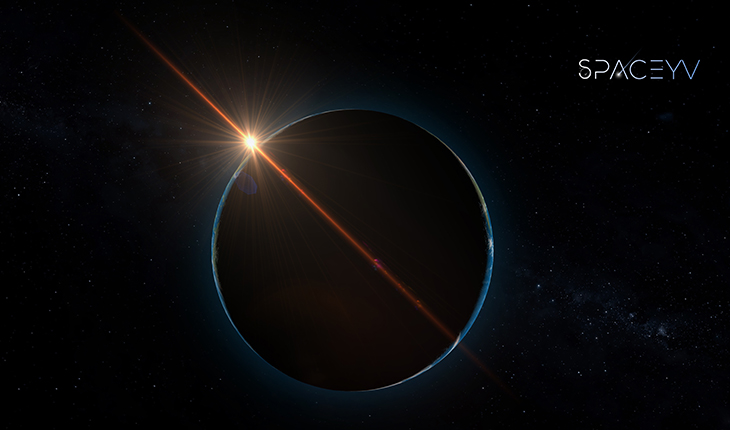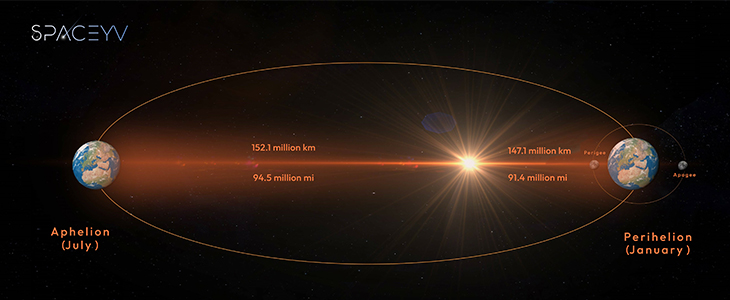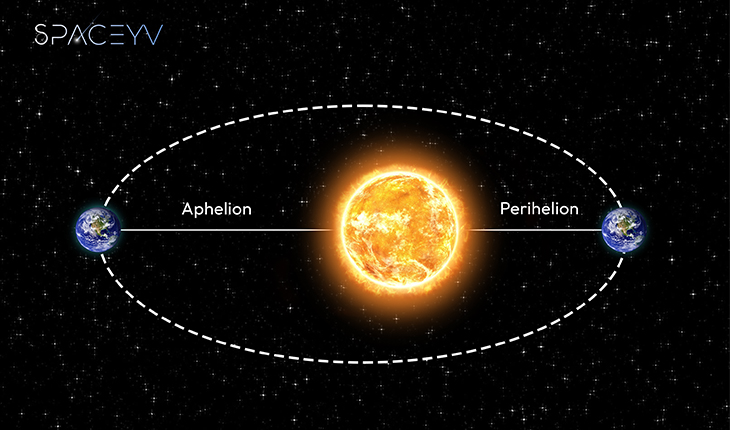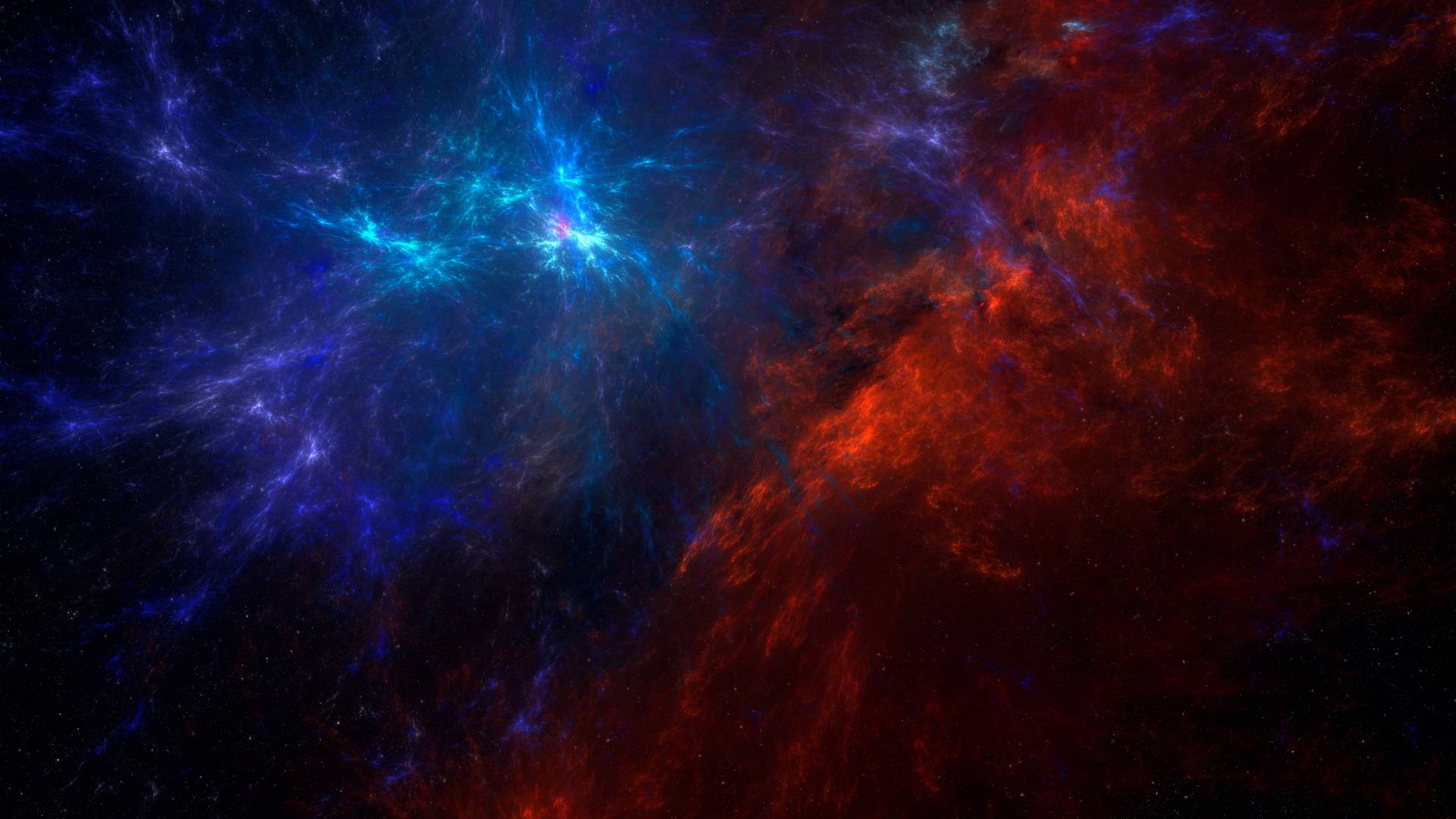Perihelion is a term you often hear when people talk about space exploration. It’s important to understand how things move around in space. The word comes from Greek, where “peri” means near, and “helios” means sun. So, perihelion is all about when something in space, like a planet or a comet, gets closest to the sun during its orbit around it.
It’s not just Earth that has a perihelion moment; all kinds of things orbiting stars go through this. In this guide, we will talk about perihelion in simple terms. We’ll explain what it is and why it matters for space science, and we’ll give you some cool examples to help you understand it better. Whether you’re a space expert or just someone curious about the universe, learning about perihelion can take you on an exciting journey through space. Let’s dive in and explore together in spaceyv !
The perihelion and Orbital Point Clues
Perihelion is a cool thing in space that happens when something orbits the sun and gets close to it. It’s not just Earth that does this; all sorts of things orbiting stars do, too.
Knowing about perihelion helps us understand how things move in space. It affects things like how much sunlight planets get and how comet tails form. Scientists study perihelion to determine orbits, predict space events, and learn more about our solar system.
Now, let’s talk about something related to space: orbital point clues. These are hints we see in the paths things take as they orbit around stars. By looking at these clues, astronomers can learn much about how things move in space, like what pulls them and how they change over time.
Orbital point clues are helpful in many areas of space science, like studying planets, finding new planets outside our solar system, and understanding the big picture of how the universe works.
In short, learning about orbital point clues helps us understand more about how space works, allowing us to explore it better and solve its mysteries.

orbital point crossword clue
An orbital point crossword clue is a phrase used in space science to describe a specific place in the path of a planet or another thing in space as it goes around a big object like a star or a planet.
When you find this term in a crossword puzzle, you search for a word or phrase connected to space or how things move. These words might include “perihelion” (when something is nearest to the sun), “aphelion” (when it’s farthest from the sun), “orbit” (the path something follows around another thing), “elliptical” (a shape similar to an oval), “solar system,” or other words linked to space.
To solve the crossword puzzle, you must understand space things and apply that knowledge to fill in the missing words. It’s a fun way to discover more about space and increase your space vocabulary.
So, if you come across an orbital point crossword clue, give it a shot and see if you can solve it using what you know about space!
What is perihelion and aphelion?
Perihelion and aphelion are words used in space science to talk about where things are in their trip around the sun.
On the top, we talked about perihelion. Now we want to speak about aphelion. Now, aphelion is the opposite. It’s when something in space is at the farthest point from the sun during orbit. “Apo” means away, so aphelion is the farthest spot from the sun.
Why do these points matter? Well, they change how much sunlight and heat things get. When Earth is at perihelion, it’s closer to the sun, getting more sunlight. But at aphelion, it’s farther away and gets less sunlight. These moments in the orbit can affect things like seasons and weather patterns on Earth and other planets.
Related Contents
What is perihelion in geography?
In geography, “perihelion” means when Earth is closest to the sun in its orbit. This happens every year around early January. It affects Earth’s climate and weather, but remember, perihelion is mostly used in astronomy, not geography.

aphelion and perihelion distance
Aphelion and perihelion distance are all about how far or close a planet, or other space stuff gets to the sun during its trip around it.
When something is at aphelion, it’s as far away from the sun as it gets during orbit. But when it’s at perihelion, it’s super close to the sun.
Why does this matter? Well, these distances decide how much sunlight and warmth a planet gets. For example, when Earth is at aphelion, it gets less sunlight and warmth compared to when it’s at perihelion.
Knowing about these distances helps scientists understand why we have different seasons and weather changes on Earth and other planets.
Summary
In summary, perihelion is a really important idea in space science. It’s when a planet or another space thing is closest to the sun during its orbit. Knowing about perihelion helps scientists understand how things move in space and why some events happen, like seasonal changes or how comets act. Studying perihelion helps us learn more about how our solar system works and the mysteries of space.




One other thing I would like to mention is that in place of trying to fit all your online degree courses on days of the week that you conclude work (since most people are exhausted when they return), try to get most of your instructional classes on the week-ends and only a couple courses on weekdays, even if it means taking some time away from your saturdays. This is really good because on the saturdays and sundays, you will be much more rested in addition to concentrated upon school work. Thanks for the different ideas I have figured out from your blog.